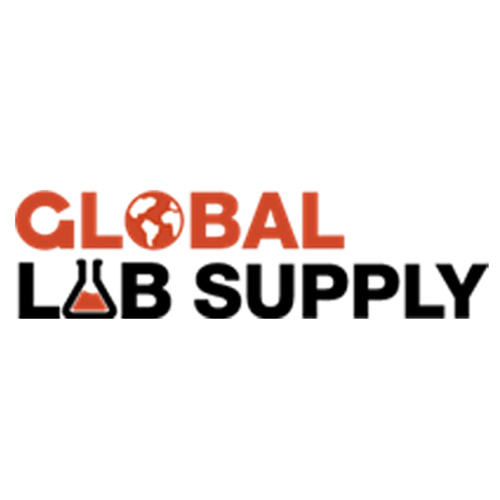How To Choose The Best Laboratory Oven For Your Needs?
Their machines climb (or fall) to extreme temperatures for
different purposes. Laboratory and liquid-cooled ovens are ideal for the following:
·       Â
Aging
·       Â
Baking
·       Â
Curing
·       Â
Drying
·       Â
Sterilizing
·       Â
And more
These practices are crucial to research, product testing,
and design. Just as they vary in use, Laboratory Ovens range in size as well:
from less than a cubic foot of volume to as big as 64 cubic feet or more.
What doesn’t change, with an optimized oven from a leading
manufacturer, is the precise control over the temperature conditions. Associated
Environmental Systems offers two kinds of ovens: Laboratory ovens in the BD series
capable of providing highly stable, controlled, forced hot air circulation for
specified temperature conditions and liquid-cooled ovens that provide rapid cooling
with liquid nitrogen (LN2) or carbon dioxide (CO2).
HEATING SYSTEM
It’s one thing to have an oven capable of reaching extreme temperatures.
It’s quite another to have exacting control over those temperatures. The latter
is what sets AES’s laboratory ovens apart from the competition.
The ovens feature industry-leading heating systems. The systems
are all-electric and pass air over fast-response, low-watt-density resistance heaters
with a ceramic core. The design of the heaters ensures a long, reliable life
with no downtime.
The combination of airflow, instrument response, and these
fast-reacting heaters provide highly accurate and straight-line control of temperatures.
You can reach temperatures from 38°C to 220°C (100.4°F to
428°F) with an accuracy of ±0.5°C, as measured at the sensor.
CIRCULATION SYSTEM
The ability to maintain precise temperatures occurs with help
from direct, drive-powered fans. The performance level operates the internal workspace
temperature to give you control over the temperature range.
·       Â
COOLING
·       Â
Snowflake
·       Â
RAPID COOLING
Though the name evokes extreme heat, laboratory ovens are capable of reaching and maintaining low temperatures.
Relying on liquid cooling rather than the standard mechanical refrigeration of
traditional test chambers, these ovens feature remarkable pull-down rates that
will have you creating conditions as low as -73°C (-99.4°F).
CRYOGENIC COOLING
Cryogenic temperatures fall at −150°C and colder. If you need
to reach these levels—for testing or cold storage—you can do so with a boost cooling
option for your oven. The ovens are customizable to feature either LN2 or CO2.
These enable the workspace to reach a low of -185°C (while still heating up to
260°C).
Difference Between a
Lab Oven and a Drying Oven
If you are ever in the market for an oven for your laboratory,
you will likely come across standard lab ovens and drying ovens. It can be a common
misconception that both these types of ovens are the same but they are actually
two different pieces of equipment.
Drying Oven
A Drying oven is designed to remove moisture
from the oven chamber so to dry the samples as quickly as possible. The drying oven
process introduces fresh dry air to the chamber and expels the warm moist air
simultaneously allowing to rapidly dry the samples.
A drying oven provides high performance drying and heating.
You will notice that drying ovens will be more expensive than a standard laboratory
oven mainly due to the oven having drying capability that is lacking in a laboratory
oven. A drying oven requires an airflow system that can extract moisture from
the air and depending on your requirements, may or may not be required.
Laboratory Oven
A laboratory oven, on the other hand, is designed to heat
samples only. Unlike a drying oven, a lab oven will recirculate the same air around
in the chamber. As a result, a lab oven will provide heating only. Laboratory ovens
are a more cost effective option over a drying oven and will be a suitable option
if you are only requiring heating functionality. You will likely notice that a
lab oven will have a higher temperature range than a drying oven so be sure
that the oven you choose is capable of reaching your required temperatures.
Original Source:Â https://www.fuzia.com/article_detail/608336/how-to-choose-the-best-laboratory-oven-for-your-needs


Article comments